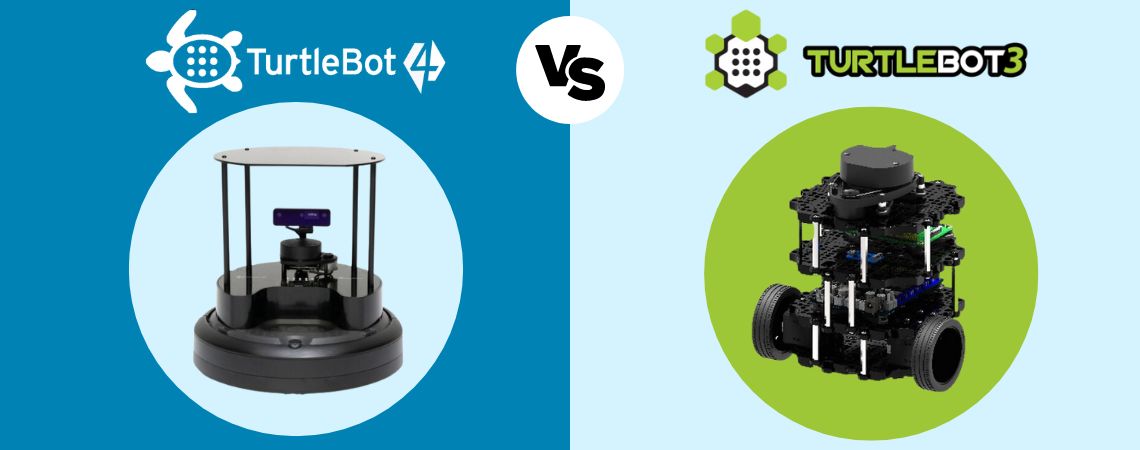TurtleBot is a popular robotic platform for research and higher education. The previous releases, TurtleBot 2 and TurtleBot 3, have been used in countless mobile robotics applications, from environment recognition to object manipulation.
Developed by the company ROBOTIS, these open-source mobile platforms are affordable, easy to use, and can be quickly customized to meet the needs of each user. In this article, we will review the differences between the two versions and the improvements made to the TurtleBot 4.
1. Hardware
TurtleBot 4 was built on the modular ROS 2 robotics platform, offering better integration with the latest advances in robotics. The physical design of the TurtleBot 4 has also been revised to offer a more robust and reliable mobile robotics experience. The motors have been improved for greater movement accuracy, and the front camera is now mounted on a mobile platform to allow for a 360° view.
2. Software
TurtleBot 4 runs with ROS 2, which is the latest version of ROS. This new version offers improved features for mobile robotics, such as support for time synchronization and more efficient memory management. ROS 2 also enables faster and more reliable communication between different robot modules.
TurtleBot 4 also has an up-to-date open-source software library that is regularly updated to facilitate mobile robotics programming. Modules such as image recognition, mapping, and navigation have been improved to offer better accuracy and reliability.
3. Autonomy
TurtleBot 4 has better autonomy than its predecessor thanks to its 14.4V lithium-ion battery, compared to an 11.1V battery for TurtleBot 3. Additionally, TurtleBot 4 is equipped with a more efficient battery charging system, allowing for faster charging and extended use of the robot.
4. Camera
The TurtleBot 4 features a Luxonis OAK-D (Pro or Lite) camera, while the TurtleBot 3 has a Raspberry Pi camera (waffle version). The main difference between the two cameras is that the TurtleBot 4 camera is a stereoscopic camera capable of capturing depth information in addition to color, while the TurtleBot 3 Burger camera can only capture color images.
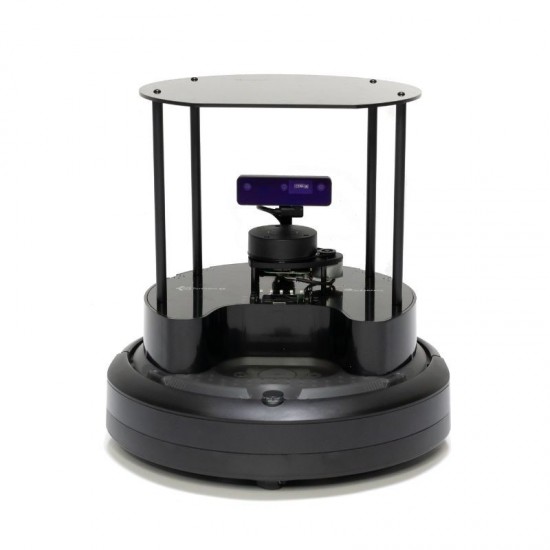
5. LiDAR
The TurtleBot3 is equipped with an LDS LiDAR, while the TurtleBot 4 includes an RPLIDAR-A1. Overall, the LDS LiDAR offers higher angular resolution than the RPLIDAR-01, which means it can detect smaller and closer objects with superior accuracy, while the RPLIDAR-01 has a longer range, making it more suitable for outdoor mapping and long-distance surveillance applications.
6. Connectivity
The TurtleBot 4 has more connectivity options than the TurtleBot 3. TurtleBot 4 is equipped with a USB 3.0 port, two USB 2.0 ports, a Gigabit Ethernet port, and an HDMI port, while the TurtleBot 3 only has a USB 3.0 port and an Ethernet port. These different ports allow the operator to connect a wide array of external devices, such as additional cameras, sensors, and screens.
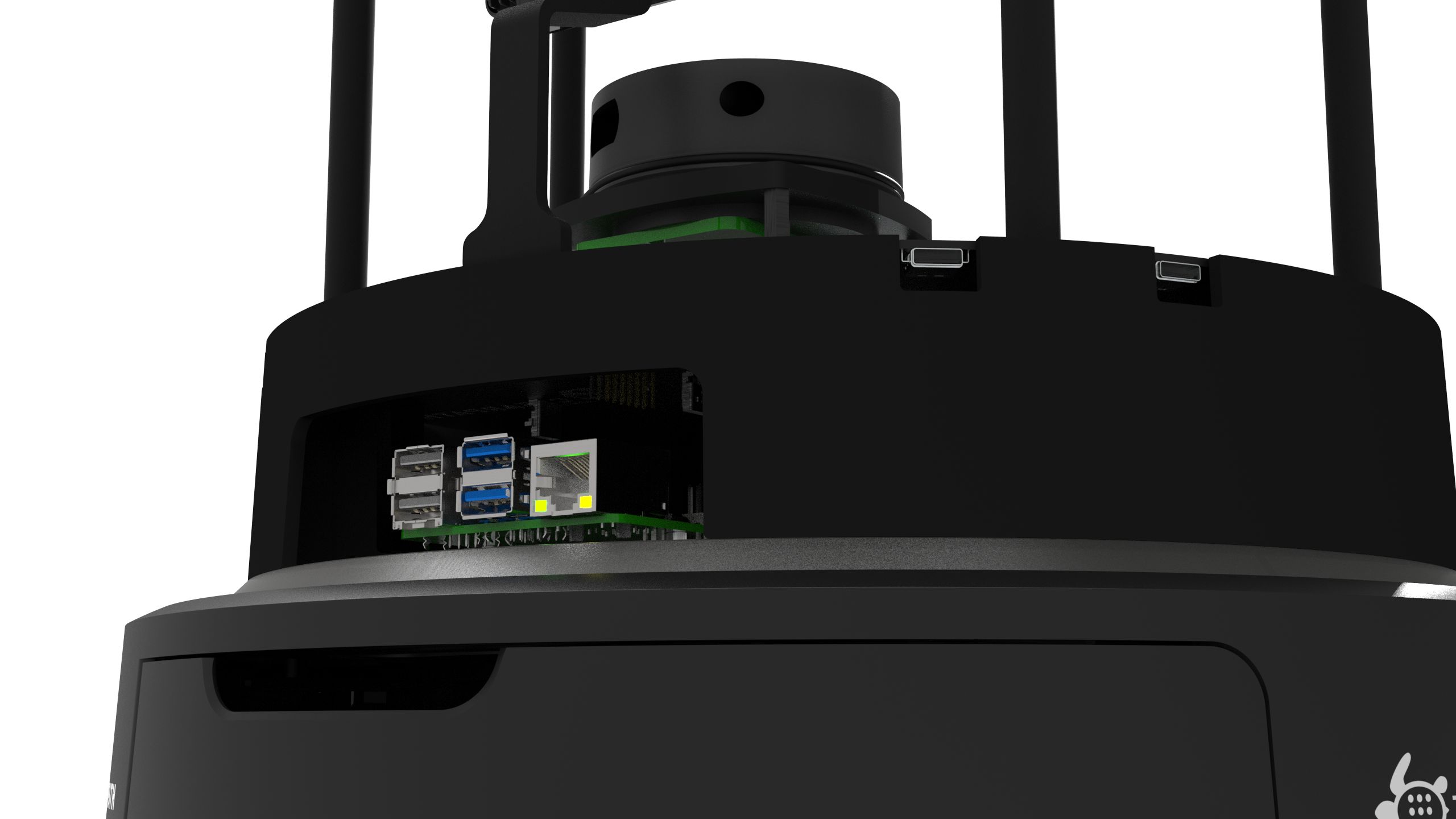
7.Sensors
TurtleBot 4 has a greater variety of sensors than TurtleBot 3. TurtleBot 4 is equipped with sensors such as infrared distance sensors, pressure sensors, and temperature sensors, in addition to the usual depth and vision sensors. With this equipment, the TurtleBot 4 is able to collect more precise and comprehensive data about its environment.
Conclusion
TurtleBot 4 is a significant improvement over TurtleBot 3 in terms of hardware, software, and autonomy. With a more robust robotic platform, improved computing power, and a larger battery, TurtleBot 4 is ready to take on new challenges in mobile robotics.
TurtleBot 4 Standard

- OAK-D Pro camera
- RPLIDAR-A1
- Raspberry Pi 4 B (4 GB)
- 9kg (15kg in costum) Payload
- 2h30 – 4h Autonomy
- Accessible ports, OLED display, top mounting plate
TurtleBot 4 Lite
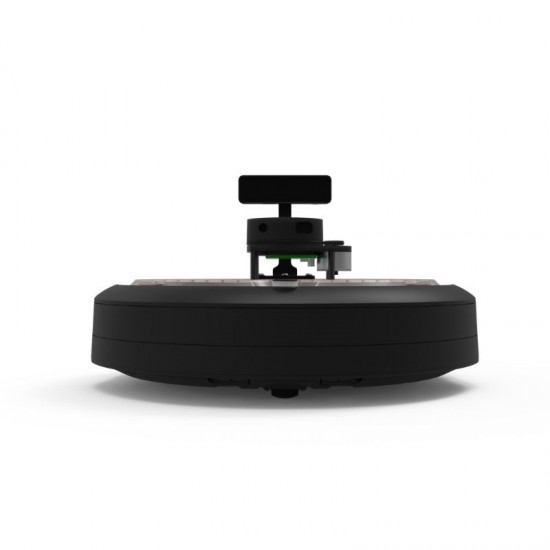
- OAD-K Lite camera
- RPLIDAR-A1
- Raspberry Pi 4 B (4 GB)
- 9kg (15kg in costum) Payload
- 2h30 – 4h Autonomy
- Accessible ports, OLED display, top mounting plate
TurtleBot 3 Burger

- LiDAR LDS-01
- Raspberry Pi 3 or 4 B (2 or 4 GB)
- 15 kg Payload
- 2h30 Autonomy
TurtleBot 3 Waffle Pi
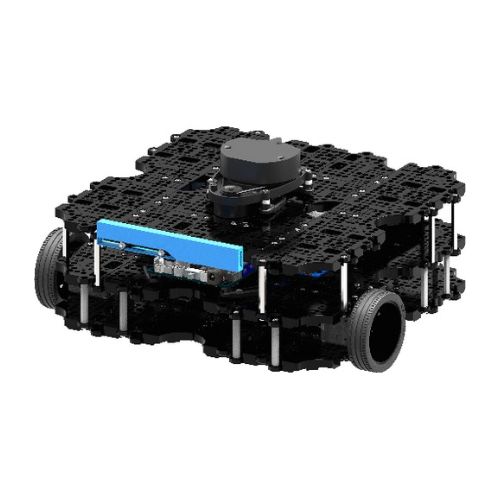
- Raspberry Pi camera
- LDS-01 LiDAR
- Raspberry Pi 3 or 4 B (2 or 4 Go)
- 30 kg Payload
- 2h Autonomy

